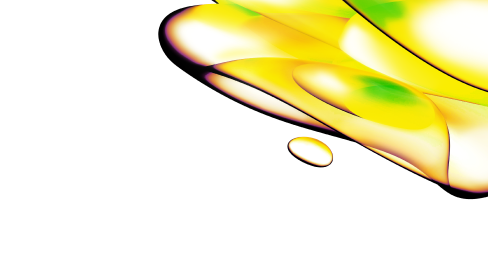Resource Center
Explore Resource Types
We have housed the technical documents (SDS, COAs, Manuals and more) in a dedicated section.
Explore all All Resources
Filters
Select resource types (2)
Select products & services
Select solutions
Active Filters (2)
Clear All
1 - 12 of 496 Results
Sort by:
Best Match
Isolation, quantitation and viability analysis of neonatal cardiomyocytes using the Cellometer Auto 2000 cell viability counter.
Application note describing the isolation, quantitation and viability analysis of neonatal cardiomyocytes using the Cellometer Auto 2000 cell viability counter.
Got Kinase Targets? KinEASE is here to help
This application note provides you the five steps required for a typical development for an HTRF KinEASE assay.
HTRF phospho-total lysis buffer: a universal alternative to RIPA lysis buffers
This application note compares the use of Revvity’s HTRF phospho-total lysis buffer with commonly-used RIPA lysis buffers for the analysis of cell signaling pathways in different types of samples.
A simple, reliable, no-wash assay platform for AAV capsid titer quantification based on HTRF technology
In this application note you will discover a reliable and efficient method for quantifying AAV titers for AAV1, AAV2, AAV3B, AAV5, AAV6, AAV8, and AAV9 serotypes.
Inhibition of FGFR signaling pathways studied in cancer cell lines using HTRF
In this application note, we show that a pan-FGFR inhibitor, AZD4547, used in different clinical phases depending on the cancer type, is able to inhibit or even suppress the abnormal phosphorylation of FGFRs and their key effectors in 3 different types of cancer cell lines: KG-1 (blood cancer), SNU-16 (gastric cancer), and KMS-11 (multiple myeloma).
Get your insulin guide
This brochure describes the functionality and benefits of all 3 assay kits available for insulin quantification.
HTRF assays handle low- to high affinity protein-protein interactions
This application note demonstrated that HTRF PPI reagents are successfully used combining high detection performance, accurate modulators screening, and pharmacological characterization.
Characterization of candidate molecules through GTP binding assays
Discover the characterization process for candidate molecules targeting Gα-protein activation through GPCRs with the functional HTRF® GTP binding assays.
HMGB1, IL-1β and IL-18 assays used together to discriminate pyroptosis and necroptosis
This application note shows that the release of HMGB1 induced in the context of pyroptosis and necroptosis can be easily monitored with the HTRF® HMGB1 kit.
Download your application note on fibrosis characterization
This note describes deep investigations of the molecular mechanisms involved in tissue fibrosis, and occurring in the major effector cell types.
Kinetic Binding of Kinase inhibitors and determination of Kon, Koff rates
This application note presents the use of fluorescent kinase inhibitors to determine the kinetic binding properties of inhibitors of interest and demonstrates the pharmacological relevance of the kinase binding platform for both equilibrium-and kinetic profiling.
Characterizing pharmacological compounds with complementary Upstream and Downstream GPCR readouts
This application note presents and compares the pharmacological characterization of a panel of reference compounds (full agonists, partial agonists, antagonists) in δ-opioid and D2 receptor models with two different Gi-coupled receptor activity monitoring assays: the HTRF® GTP Gi binding assay and the HTRF cAMP Gi assay.


Looking for technical documents?
Find the technical documents you need, ASAP, in our easy-to-search library.




























